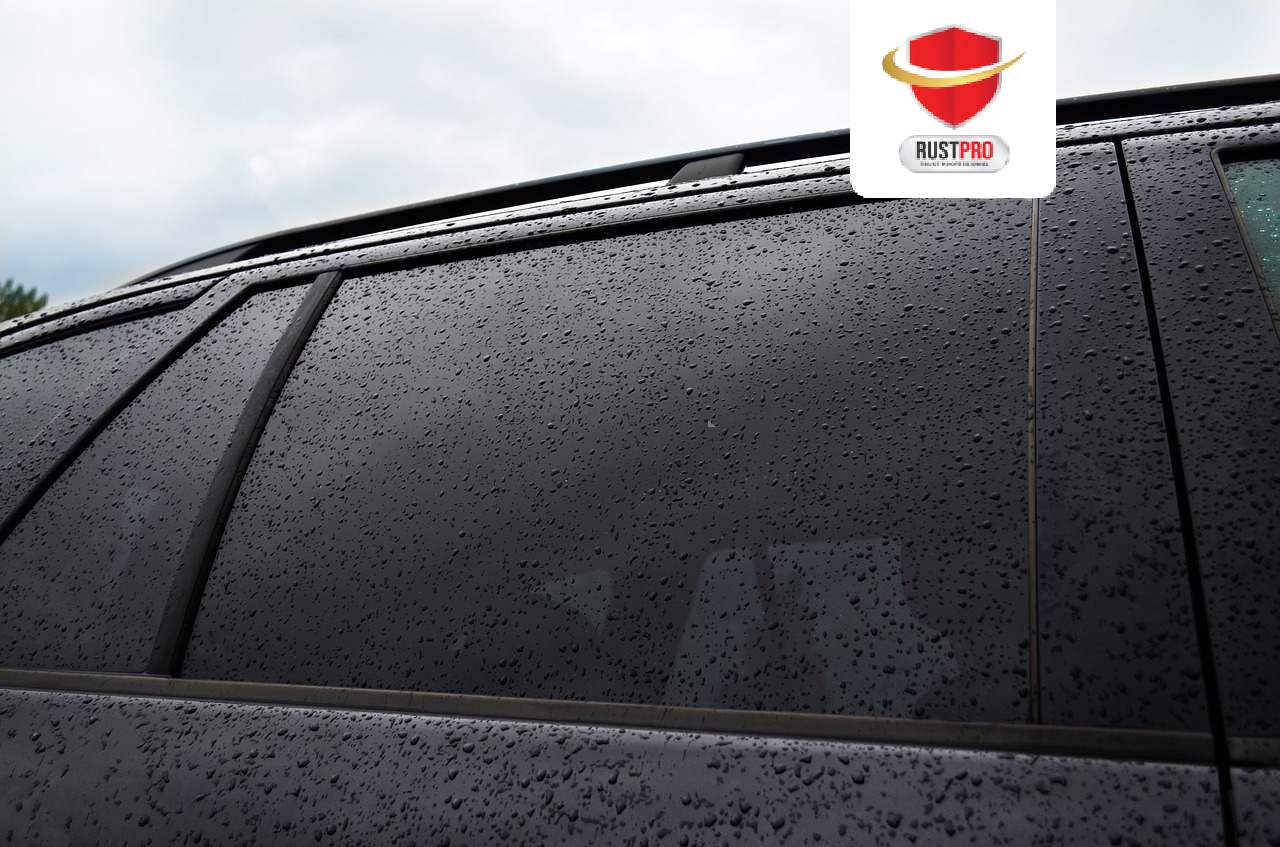In the realm of automotive safety and security, car glass plays a pivotal role not only in supplying architectural honesty to the automobile but additionally in ensuring the security of its passengers. The legal needs for automobile glass safety and security are designed to decrease the risk of injury during crashes and to enhance the total safety and security of the car. This record digs into the different lawful standards and laws regulating car glass safety and security, highlighting their significance and the effects for producers and consumers.
Relevance of Vehicle Glass Safety
Car glass, specifically the windscreen, is a critical part of a vehicle’s safety system. It provides architectural support, contributes to the aerodynamics of the automobile, and works as an obstacle against exterior components. In case of a crash, car glass is made to stop guests from being ejected from the lorry and to lower the risk of injury from shattered glass. Therefore, stringent legal needs are essential to make certain that cars and truck glass satisfies high security requirements.

Key Legal Requirements and Regulations
Federal Car Security Requirements (FMVSS)
In the USA, the National Highway Traffic Safety Administration (NHTSA) establishes forth the Federal Electric motor Car Safety Criteria (FMVSS), which include specific regulations for auto glass. FMVSS 205, for instance, lays out the criteria for polishing products used in automobiles. It mandates that all vehicle glass must be made from safety glass, which is either laminated or solidified to decrease the danger of injury throughout accidents. Laminated glass, commonly used for windshields, includes two layers of glass with a plastic interlayer, which holds the glass with each other upon impact. Tempered glass, made use of for side and back windows, is developed to smash right into little, blunt pieces to decrease the threat of injury.
European Union Rules
In the European Union, car glass security is governed by the Economic Commission for Europe (ECE) guidelines, particularly ECE R43. This policy establishes the needs for the kind approval of safety glazing products and their installment on automobiles. ECE R43 specifies examinations for effect resistance, light transmission, and optical quality to make sure that automobile glass provides ample security and visibility. The regulation likewise mandates the use of laminated glass for windscreens and enables toughened up glass in various other locations, comparable to the FMVSS.
International Requirements
Globally, the International Organization for Standardization (ISO) offers standards for vehicle glass with ISO 3537, which covers the screening of security glazing materials. ISO criteria are widely acknowledged and commonly serve as a basis for national policies. They ensure a consistent level of safety and quality throughout various markets, helping with worldwide trade and conformity.
Ramifications for Manufacturers
Makers are needed to abide by these lawful criteria to guarantee that their cars are risk-free for customers. Compliance involves extensive screening of cars and truck glass products to fulfill effect resistance, toughness, and optical clearness requirements. Suppliers have to also ensure appropriate setup of glass to preserve the architectural integrity of the lorry. Failure to abide by these requirements can result in lawful penalties, recalls, and damage to brand name reputation.
Ramifications for Consumers
For consumers, recognizing the legal requirements for automobile glass security is vital when acquiring a lorry or changing broken glass. Consumers should make certain that any replacement glass satisfies the same safety requirements as the initial equipment. This is specifically crucial when it comes to aftermarket glass, where high quality can differ considerably. Customers must look for certifications such as the DOT (Department of Transportation) mark in the united state or the E-mark in Europe, which indicate conformity with safety criteria.
Final thought
The legal requirements for cars and truck glass safety and security are important to the total safety of cars. They make sure that car glass gives adequate security to occupants, preserves architectural integrity, and provides clear presence. Should you loved this information and you want to receive much more information regarding harga Kaca mobil assure visit the web-page. Compliance with these requirements is vital for suppliers to avoid legal repercussions and for customers to ensure their safety and security. As auto technology advancements, these policies will remain to progress, integrating brand-new materials and innovations to enhance automobile glass safety additionally. Recognizing and adhering to these legal demands is necessary for all stakeholders in the automotive sector, from suppliers to customers, to make sure a more secure driving experience.
The lawful needs for automobile glass safety and security are designed to decrease the risk of injury throughout crashes and to improve the overall security of the automobile. In the occasion of an accident, automobile glass is developed to protect against guests from being ejected from the automobile and to minimize the risk of injury from shattered glass. It mandates that all automobile glass has to be made of safety glass, which is either laminated or tempered to lessen the danger of injury throughout mishaps. Laminated glass, generally used for windshields, consists of 2 layers of glass with a plastic interlayer, which holds the glass together upon impact. For customers, recognizing the legal needs for car glass security is essential when acquiring a vehicle or changing broken glass.
